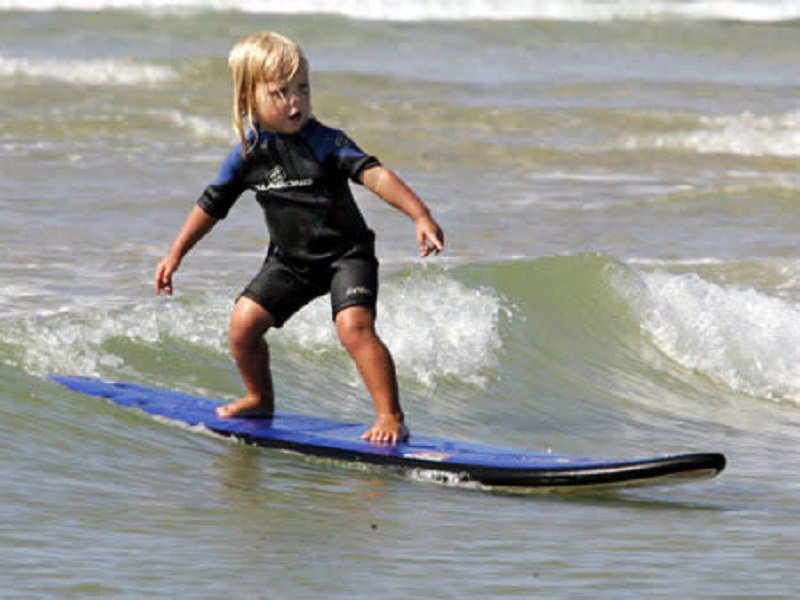How to Build Perfect Posture … from Day 1!
Whenever I get the same question more than once in a week, it is flagged in my mind as something I should write about. This question really caught me off guard the first time it came up.
I was working with a 6-month-old little dude who was struggling constipation and needed a little bit of developmental support. I had the honour of having both parents in the room (which does not happen often) and it came up that they were both very concerned about posture. Dad mentioned that he was concerned that his son was sitting either really hunched forward or looked rigidly upright (which is developmentally normal for his stage, FYI). Mom expressed that she felt both her and her husband struggled with poor posture and she was concerned that their son would inherit their tendency. Based on the concern on their faces and the fact that this had been a previous conversation sat with me for the rest of the day (and obviously still impresses upon me).
I fumbled a bit over the response I came up with at the time and it was adequate. I was able to explain some of the progression of normal motor/postural development and quell some of their fears, but it opened a can of worms in my mind. Here is the full explanation that I wish I could have expressed to them at the time.
First off, let’s dispell a few myths.
- No, your baby is not going to inherit your posture. Bony structure is, for the most part, not genetically predetermined. Yes, there are certain components and anomalies that you can be born with, but in general, your posture is in no way predetermined by your parents’ genes.
- Yes, posture is something that you have the power to influence directly. It’s not mystical. You can change your posture default at pretty much any point in life with the right training and input. (Keep reading to learn more!)
- Posture matters. Your posture can impact so many factors in your health and your life. It impacts everything from your hormonal balance (in particular, testosterone, interestingly), your mood, your pain experience, your strength, your breathing capacity and oxygen delivery, your perceived attractiveness, and your job prospects!
So where do I come in? I get that chiropractors, in general, are very well poised to discuss and influence posture, but my speciality is infant development. The focus of my practice is early motor and neurological development. Half of my patients aren’t even bipedal yet. But oh, there is SOOO much going on in that first year that may have a major influence posture for the rest of your life. Here is what you need to know.
Palmar grasp, rooting, and suck reflexes are part of an important set of infant reflexes.
1. Integrate Primitive Patterns (the Precursors)
(I know that is a lot of Ps, but I do enjoy alliteration.)
Baby is born with a set of active brainstem reflexes that are set up for important survival and early motor exploration. These include grasping, rooting, sucking, Spinal Gallant, Symmetric Tonic Neck Reflex, Moro/startle, and a more. Each individual reflex could be the topic of its own blog, but there is one important take-away for the purpose of this post. These primitive infant reflexes are meant to be active for a short developmental timeline. They serve a function (like guiding a child along early nursing patterns or initiating a crawl sequence) and then they should be progressively inhibited as more advanced motor patterns are repeatedly explored and postural reflexes should take over.
It’s not that these reflexes disappear into thin air, but they should be suppressed by a more advanced neural framework and postural reflexes. If this doesn’t happen and these reflexes stay active after a certain developmental period, we may be in trouble. It’s as if there is a ton of static in your brain and it can’t become efficient at the more advanced tasks, like learning how to read. These latent or aberrant reflexes fall under the big wide umbrella of Processing Disorders which can range from very mild to extremely impactful. Each reflex has its own implications, but for the purpose of our posture discussion, the punch line is that we need these infant reflexes well integrated into our neural framework before we can move on to developing strong posture with good stamina.
How can you ensure that your baby is integrating these reflexes? Well, aside from actually checking in with an OT, PT, or DC who specializes in this stuff, you can make sure your baby is going through normal motor development (tummy time, rolling, crawling, walking in normal order, ways, and timelines). If you notice a deviation, seek expert support. These deviations are best caught and treated early, but it is possible to go back and retrain them in school-age children.
2. Perfect Posture Reflexes
I already told you what is coming next. As our infant reflexes are integrated and inhibited, there is a set of postural reflexes that should take hold. These reflexes are developed through early movement patterns as well, so the best thing you can do to build them up well for your child is to encourage an active lifestyle. Avoid supported standing activities before baby is ready (including the Exersaucer and Jolly Jumper). Avoid plunking baby down in the Bumbo chair until they have a stable sit on their own. Let them go from sit to crawl to climb to walk on their own timeline. They will do it when their little body is physically and neurologically ready. The key here is encouraging ample floor and explore time, with variable obstacles and opportunities to progress.
Surfers have the best posture.
3. Practice!
You need to use your muscles! Be active. Move. The age-old truism of “use it or lose it” holds. Even if all of your primitive and postural reflexes have done their part, you won’t have strength, stamina, or structural support for perfect posture if you are sedentary. Your bones and muscles need stress to develop strength. This continues on until the age of about 25 when it becomes much more difficult to influence. So start active and stay active! As one of my profs once said: “move your body every day every way”. At the start, this should not be hard. Children intrinsically move! Encourage this. Don’t expect them to sit still. Find activities you can do together. My 2-year-old daughter enjoys hiking, stand-up-paddleboarding, swimming, ballet, gymnastics, Cosmic Kids Yoga, and running around like a crazy person.
I hope you enjoyed my little rant. It would have been easy to pick on electronics, screen time, inactivity, and heavy backpacks. Yes, those things matter and I believe most of us know that. But the fact that you can set your children up for success from day one – that you can train them up and give them the tools to stand tall during that first year – that I believe is a key concept that could change the face… er backs…. of the next generation.




